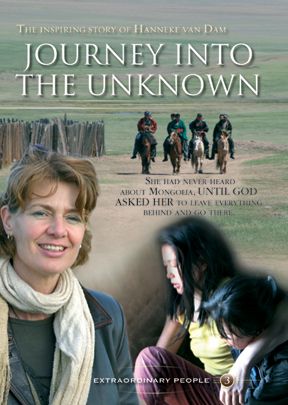William of Rubruk’s Unsurpassed Eastern Adventure

The Great Khan styled himself King of Kings and threatened the West.
“TO HIS MOST SOVREIGN, & most Christian Lord Louis, by God’s grace the renowned king of France, Friar William de Rubruk, the meanest of the Minorites order, wishes health and continual triumph in CHRIST.” So begins a fascinating travel account.
William of Rubruk, a courageous Flemish Franciscan friar, traveled into the heart of Mongolia in the thirteenth century, preached to the Great Khan Mangu, and returned with a report of what he had seen and heard. How did this happen? King Louis IX of France had heard that Sartak, son of the Mongol leader Batu, was a Christian. He decided to make contact so that he could encourage this brother in the faith—also hoping that he could persuade the Mongols to attack the Muslim Saracens from the east while the Europeans struck from the west. Louis asked Rubruk to make contact and establish a mission in Sartak’s territory. Rubruk departed from Constantinople on this day, 7 May 1253 accompanied by fellow Franciscan Bartholomew of Cremona.
They journeyed to the Black Sea, passed through Crimea, and walked for days past the Don River. Their way was tedious and the locals continually demanded gifts. When they arrived, they discovered that contrary to the rumors, Sartak had not converted to Christianity. But he would not allow Rubruk to return home, saying he must visit his father Batu. Obediently, Rubruk traveled up the Volga River to where Batu camped. Batu waved him on to Mongolia, sending him forward with a couple of priests from the Nestorian church—Nestorianism was the most common form of Christianity in the Mongol empire—and a guide. By now it was mid-winter, but despite frigid temperatures, the party traveled eastward, arriving in the capital, Karakoram, in January 1254.
In Karkoram, Rubruk found European captives and Nestorian Christians. He discussed theology in the Great Khan’s presence and was allowed to preach, but upset the Khan with his forcefulness. He baptized sixty Christians there.
In August, Mangu sent Rubruk home, bearing a letter that demanded the submission of the pope and all western kings. The Great Khan declared that God had appointed him master of the world and not even mighty seas and high mountains would prevent him from conquering the west.
William of Rubruk arrived at Acre two years after his departure. He forwarded the Khan’s grandiose demand to King Louis along with his careful report. Not until Marco Polo some decades later would more complete descriptions of Asia reach Europe. Polo was a year old when Rubruk completed his mission.
Rubruk’s account described paper money, printing, and rice brandy. He recorded how the Chinese diagnosed diseases from examining a patient’s pulse, proved that the Caspian was an inland sea, pointed out the relationship between the Indo-European languages, and made many other observations. But his call for missionary work in the east was never taken up.
—Dan Graves
----- ----- -----
Journey Into The Unknown tells of a twenty-first century woman who went to Mongolia as an ambassador for Christ






